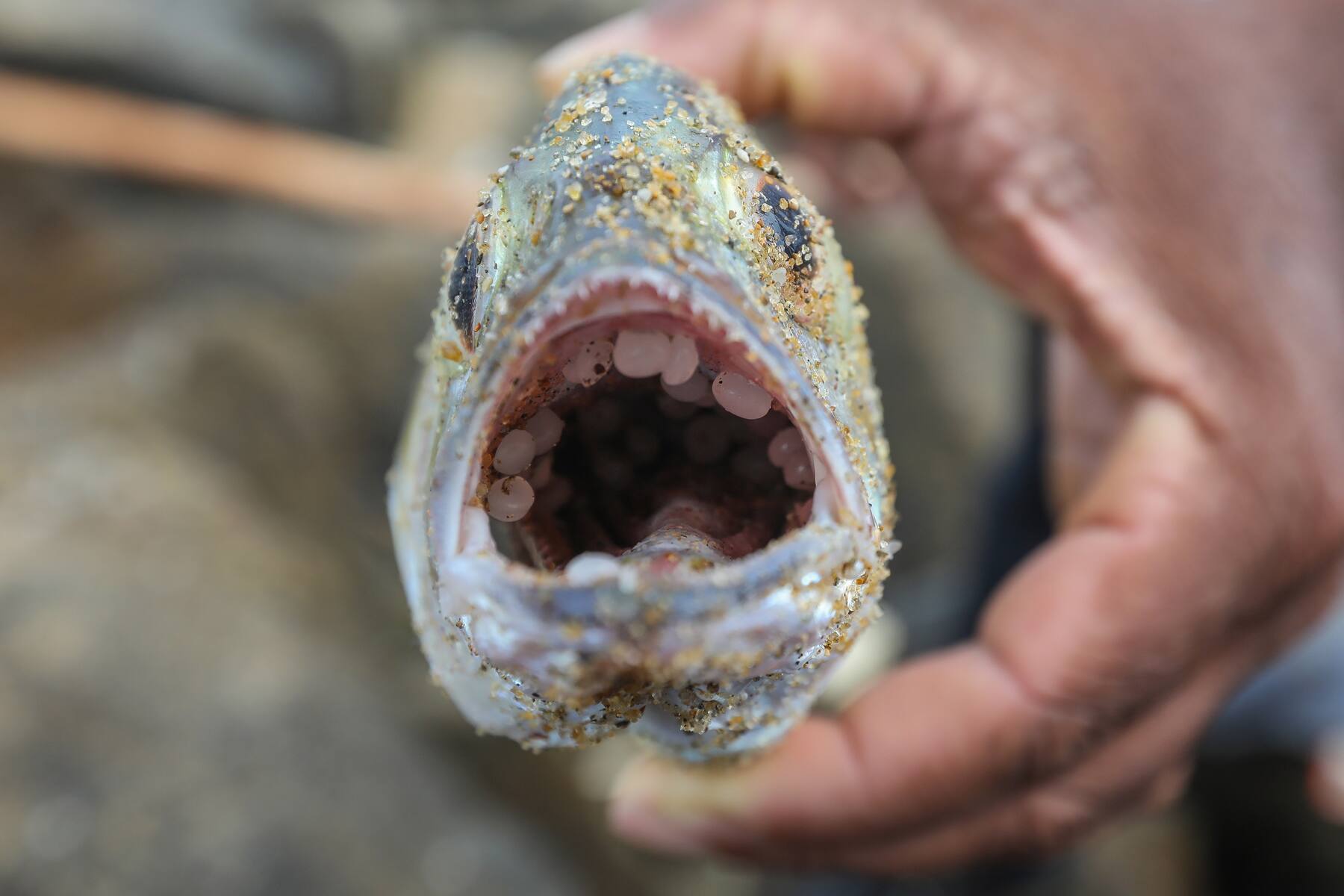What does a High Ambition Coalition to End Plastic Pollution mean for the global plastics treaty?



Today (22 August), the governments of Norway and Rwanda, with the support of 18 other countries, launched the High Ambition Coalition to End Plastic Pollution.
But what does this initiative mean for EIA’s campaign to secure an ambitious and comprehensive global plastics treaty?
As efforts towards a global plastics treaty have picked up pace in recent years, EIA has been at the forefront of NGOs calling for an agreement which covers the full lifecycle of plastics, with controls on plastics production as well as dedicated financing to ensure countries will be able to meet their obligations under the agreement.
Our vision for a treaty includes policy interventions which recognise not just plastic products – the bottles, bags and packaging which we are now sadly used to seeing in the environment – but also plastics as a material, including recognising the myriad of problematic, hazardous and unnecessary plastic polymers and additives that we find in everyday items.

Plastic nurdles found in fish following the X-Press Pearl plastic pellet spill off Sri Lanka, 2021 (c) CEJ, Sri Lanka
While the United Nations Environment Assembly resolution adopted in March this year initiated negotiations for a new legally binding instrument to end plastic pollution, the scope of the agreement and what it will and will not cover is still up for debate as the deliberations begin in earnest this year.
We have a saying in the policy world that ‘nothing is agreed ’til everything is agreed’ and it’s imperative that while the mandate allows for negotiations to look at the full plastics lifecycle and plastic pollution in all environments, ambitious countries must rally together to ensure the eventual agreement is fit for purpose and that any attempts to water down the most essential elements are thwarted.
Current members of the High Ambition Coalition include Canada, Chile, Costa Rica, Denmark, Dominican Republic, Ecuador, Finland, France, Georgia, Germany, Iceland, Peru, Portugal, Republic of Korea, Senegal, Sweden, Switzerland and the UK. The global diversity in this core group reflects the relevance of the issue to communities around the world, from small islands to land-locked states.
Plastics, both as a material and a pollutant, are truly transboundary and this type of international cooperation is a key ingredient for success.
In launching the initiative, Norway’s Minister of Climate and Environment, Espen Barth-Eide, said: “We took the initiative to form a group of ambitious countries to work for a truly effective global treaty that will establish common global rules, turn off the tap and end plastic pollution by 2040.”
If this group is to meet this goal, attention to measures on plastic production, such as reporting on production – both quantities and composition – with targets to cap and phase down production, will be essential. As the saying goes, we can’t mop the floor without turning off the tap first.
Plastic consumption is projected to skyrocket in the coming decades, from 460 million tonnes in 2019 to 1,231 million tonnes in 2060. The most significant sectors driving consumption are packaging, vehicles and construction, which will make up two-thirds of all use.
It is important that the High Ambition Coalition also considers sector-specific strategies for those using high volumes of plastics directly in the environment, including fisheries and agriculture, as well as moving quickly on areas where solutions are readily available and proven, such as packaging, to significantly reduce the amount of plastics used and polluted while supporting efforts to transition to safe reuse and refill.
EIA welcomes the key strategic goals of the Coalition, in particular the recognition of a circular economy which is protective of human health. As the chairs of the High Ambition Coalition point out, all plastics are made from chemicals, from basic polymers to additives and processing aids. More than 10,000 chemicals associated with plastics and plastic manufacturing across a wide range of applications have been identified and more than 2,400 of these chemicals are deemed potentially hazardous to human health and the environment.
In considering priorities, we urge the Coalition to ensure a definition of environmentally sound management and recycling that does not lock us into false solutions, such as chemical recycling and incineration, and which promotes safe and non-toxic circularity that is protective of not just the environment, but health and communities.
The launch of the High Ambition Coalition is a welcome clarion call for countries wishing to set their sights on achieving a truly ambitious plastics treaty – we hope to see others join this group and kickstart collaborations to flesh out an agreement which will end plastic pollution.